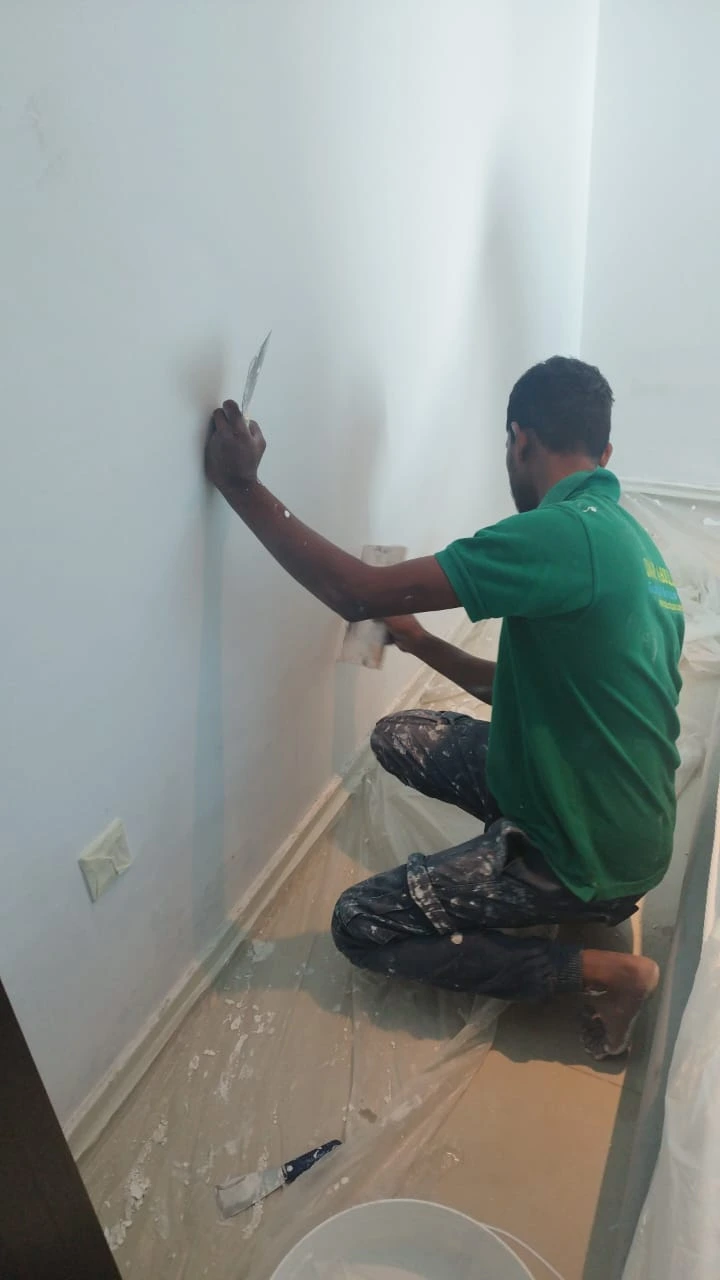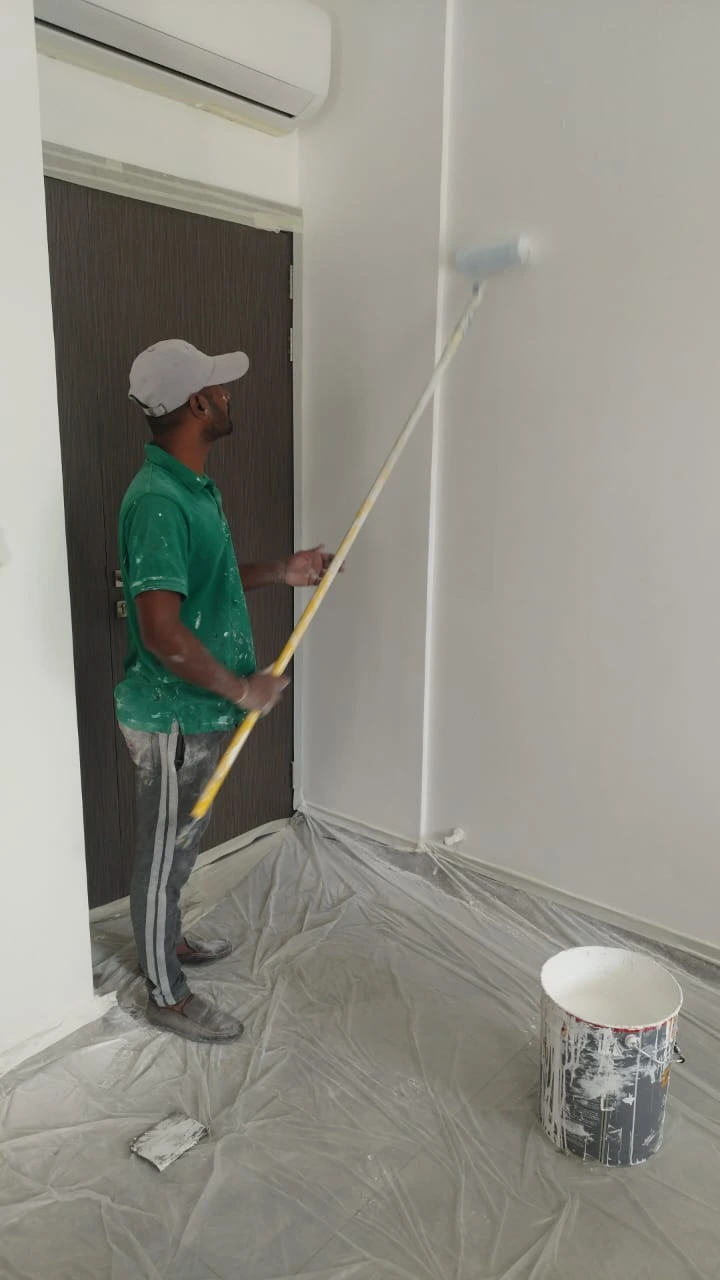The UATS blog showcases to Explore the How to prepare walls for painting

few more Images of How to Prepare Walls for Painting Like a Pro



Preparing walls for painting is a crucial step to achieving a flawless, professional finish. At UATS, we understand the importance of properly preparing walls to ensure the longevity and visual appeal of your paint job. In this guide, we will take you through the detailed process of wall preparation, including the necessary tools, materials, and step-by-step instructions.
Before diving into the painting process, wall preparation is essential for several reasons:
By investing time and effort in preparation, you can avoid costly touch-ups or repairs later on.
To prepare your walls effectively, gather the following tools and materials:
Cleaning Supplies:
Repair Tools:
Painting Preparation Tools:
Optional:
Step 1: Assess the Wall Surface
Inspect the walls for imperfections such as cracks, holes, peeling paint, or mold. Highlight these areas so you can address them during the preparation process.
Step 2: Clean the Walls
Cleaning removes dust, grime, and grease, which can affect paint adhesion.
Tip: For kitchens or high-traffic areas, use a degreaser to remove stubborn stains.
Step 3: Repair Damaged Areas
Addressing imperfections is key to achieving a smooth finish:
Patch Holes and Cracks:
Repair Nail Pops:
Peeling Paint:
Step 4: Sand the Walls
Sanding creates a smooth surface for primer and paint:
Step 5: Apply Painter’s Tape
Protect trim, corners, and any fixtures by applying painter’s tape.
Step 6: Prime the Walls
Primer is critical for enhancing paint adhesion and color vibrancy.
Tip: For dark-colored paint, use a tinted primer for better coverage.
Step 7: Address Gaps with Caulk
For gaps between walls and trim:
Additional Tips for Professional Results
Why Choose UATS choose UATS professonal company for painting ?
At UATS, we are dedicated to delivering impeccable painting and preparation services in Dubai. Our experienced team uses advanced techniques and tools to prepare your walls for a stunning paint job. Whether it’s repairing drywall, priming surfaces, or addressing ceiling imperfections, we’ve got you covered.
Transform your home or office with our expertise. Contact UATS today and experience the difference in quality and service. Let us handle your wall preparation needs, ensuring a flawless finish every time!